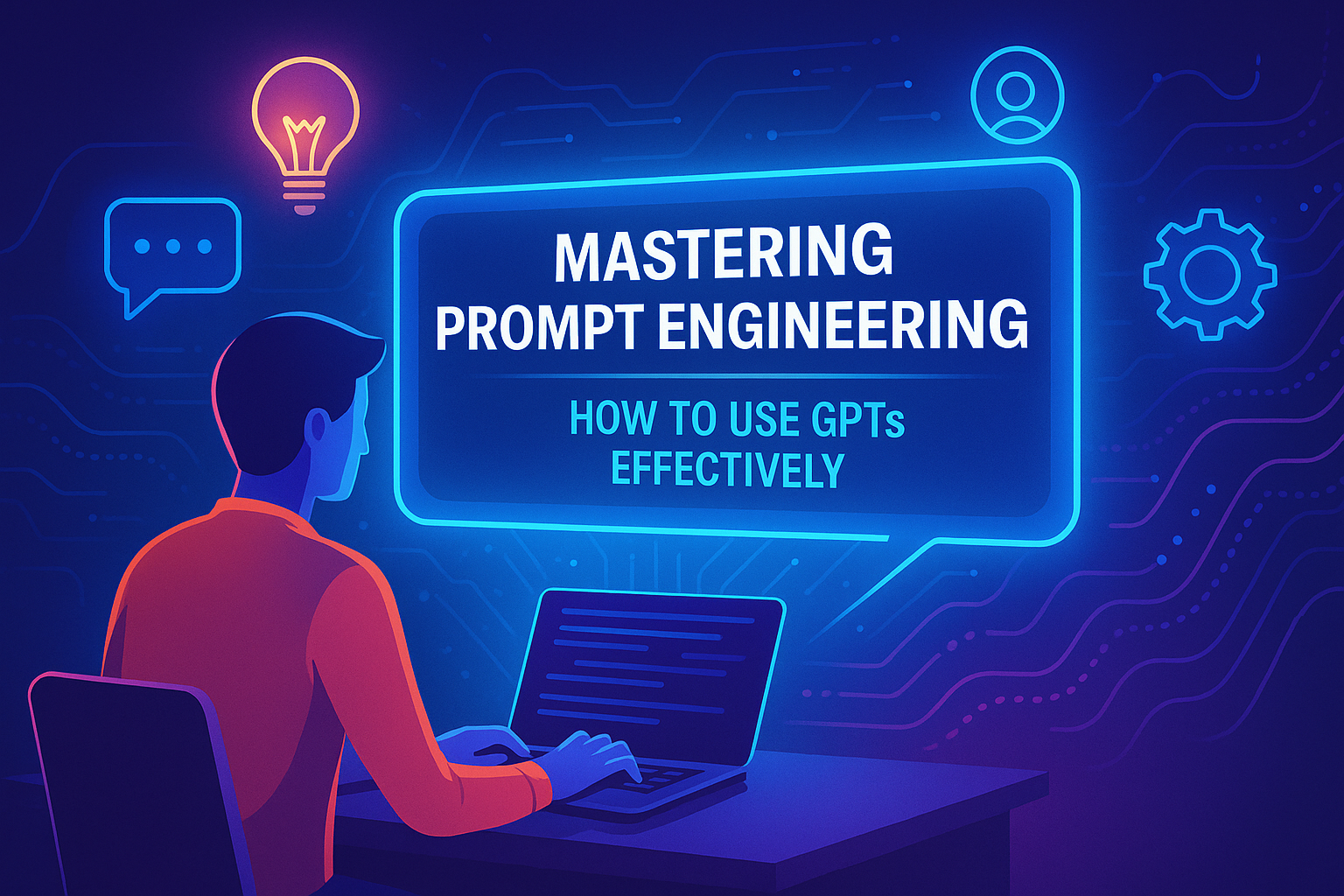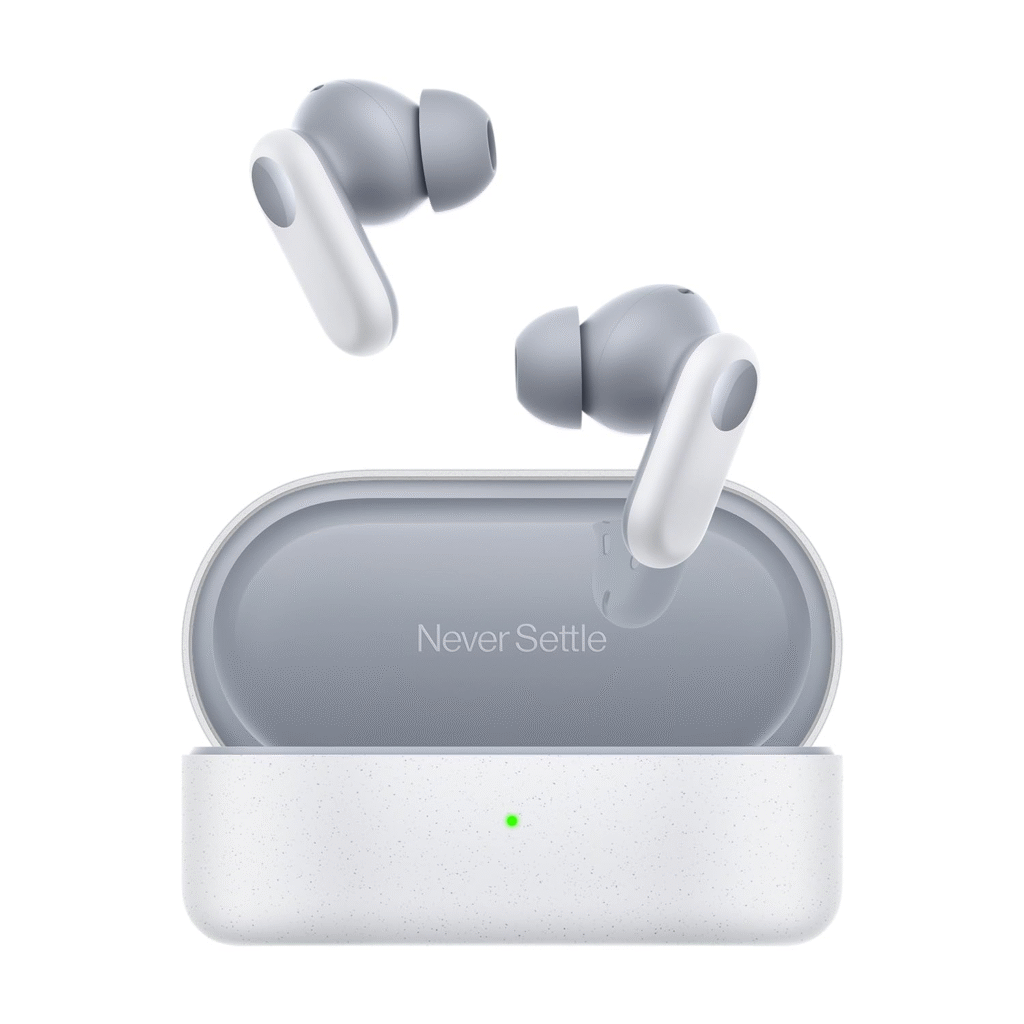The Fascinating Journey of Bluetooth Technology

Imagine a world where your earbuds, car stereo, and laptop connect effortlessly without a tangle of wires. That’s the magic of Bluetooth technology, a wireless marvel that has transformed how we interact with devices. Born from a vision to simplify connectivity, Bluetooth’s story is as intriguing as its functionality. Lets look at how Bluetooth works.
The technology traces its roots back to 1994, when Ericsson, a Swedish telecom giant, sought a way to replace cumbersome cables with a universal short-range wireless solution. Named after Harald Bluetooth, a 10th-century Viking king who united Scandinavian tribes, the name symbolized its goal of bridging devices. By 1998, a consortium of tech leaders, including Intel, Nokia, and IBM, formed the Bluetooth Special Interest Group (SIG) to standardize and promote it.
How Bluetooth Technology Works: The Technical Wizardry
How Bluetooth Works: At its core, Bluetooth operates using radio frequency (RF) communication in the 2.4 GHz ISM band, the same spectrum used by Wi-Fi and microwaves. But don’t worry—it’s designed to coexist peacefully with minimal interference. Bluetooth devices use a technique called frequency-hopping spread spectrum (FHSS), hopping between 79 channels up to 1,600 times per second to avoid congestion and enhance security.
The process begins with pairing. When two devices connect, they exchange a unique 48-bit address and authenticate using a shared passkey or PIN. Once paired, they form a personal area network (PAN), typically within a 10-meter range (though some versions extend further). Data is transmitted in small packets, ensuring efficient use of bandwidth.
Bluetooth relies on two key profiles: the Asynchronous Connection-Less (ACL) for data and the Synchronous Connection-Oriented (SCO) for audio, like phone calls. This dual approach makes it versatile for everything from file transfers to streaming music.
Evolution Through Versions: From 1.0 to the Future
Bluetooth has evolved significantly since its debut. Here’s a look at its major milestones:
- Version 1.0 (1999): The first commercial release was slow and unreliable, with speeds around 1 Mbps and frequent pairing issues.
- Version 2.0 + EDR (2004): Introduced Enhanced Data Rate, boosting speeds to 3 Mbps and improving energy efficiency.
- Version 3.0 + HS (2009): Added High Speed, leveraging Wi-Fi for data transfers up to 24 Mbps, though it still used Bluetooth for control.
- Version 4.0 (2010): Launched Low Energy (BLE), a game-changer for battery-powered devices like fitness trackers, with a focus on efficiency over speed (1 Mbps).
- Version 5.0 (2016): Doubled the speed to 2 Mbps, quadrupled the range to 240 meters, and increased data broadcasting capacity, making it ideal for IoT.
- Version 5.1-5.3 (2019-2022): Enhanced direction finding and audio capabilities, with 5.3 introducing better power efficiency and LE Audio for superior sound quality.
- Version 5.4 (2023): Introduced support for the Internet of Things (IoT) with features like Extended Advertising and Periodic Advertising with Responses, paving the way for smart homes.
Each version reflects advancements in chip design, power management, and data handling, driven by the Bluetooth SIG’s commitment to innovation.
Speed and Performance: What to Expect
Bluetooth speed varies by version and use case. Early versions topped out at 1-3 Mbps, sufficient for basic tasks like syncing contacts. Version 5.0’s 2 Mbps is perfect for streaming high-quality audio, while 5.3’s LE Audio uses the LC3 codec to deliver CD-like sound with lower latency. High-speed modes, like 3.0 + HS, can hit 24 Mbps, though real-world performance depends on interference and device quality.
Range has also improved, from 10 meters in classic Bluetooth to 240 meters in 5.0, thanks to better signal modulation and error correction. Battery life is a standout feature, with BLE devices lasting months or years on a single charge, making Bluetooth a go-to for wearables.
Creative Applications and Future Potential
Bluetooth isn’t just for headphones—it’s a creative playground. Developers use it to build smart home systems, connecting lights and thermostats. In healthcare, BLE powers medical devices like glucose monitors that sync data to phones. Gamers enjoy low-latency controllers, while artists experiment with Bluetooth-enabled drawing tablets.
The future holds promise with Bluetooth’s role in the Internet of Things (IoT). Version 5.4’s enhancements support massive device networks, potentially revolutionizing smart cities and industrial automation. With ongoing research into ultra-low-power chips and improved security, Bluetooth is set to remain a wireless leader.
Getting Started with Bluetooth Projects
Ready to explore Bluetooth since you learnt how bluetooth works? Start with a development kit like the Nordic nRF52832 or Raspberry Pi with a USB dongle. Learn basic programming with Python or Arduino IDE to create projects like a wireless sensor network or a custom remote. Online resources, such as the Bluetooth Developer Portal, offer tutorials and tools to get you coding.
Whether you’re a hobbyist or a pro, Bluetooth’s accessibility and versatility make it an exciting technology to master.
Dive into the world of Bluetooth technology and unlock its wireless wonders today!
Read more🌐 about latest Tech updates on out Technology and Learning labs Category Section
#BluetoothTech #WirelessTechnology #TechInnovation #BluetoothHistory #SmartDevices





